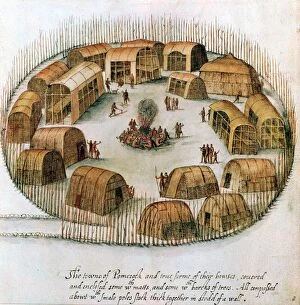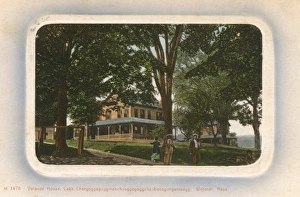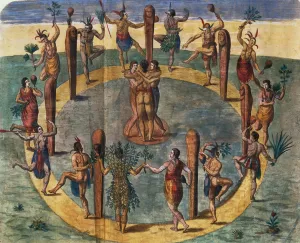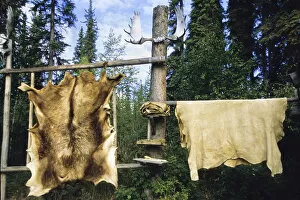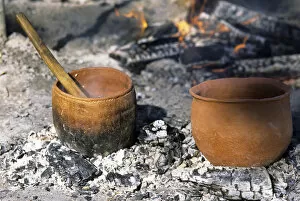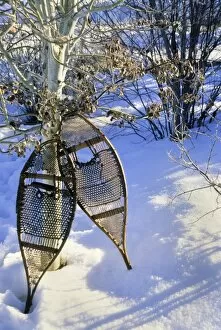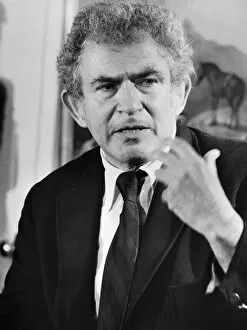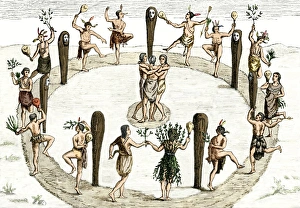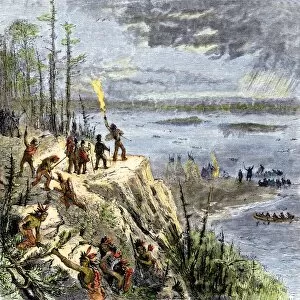Algonquin Collection (page 4)
The Algonquin people, also known as the Algonkin Indians, were a prominent American Indian tribe with rich cultural heritage and historical significance
All Professionally Made to Order for Quick Shipping
The Algonquin people, also known as the Algonkin Indians, were a prominent American Indian tribe with rich cultural heritage and historical significance. In 1715, they inhabited various locations across North America, including present-day New York, Quebec, and Ontario. One notable figure from the Algonquin tribe is Kateri Tekakwitha. She was a devout Catholic and is now recognized as a saint by the Roman Catholic Church. Her story serves as an inspiration to many. Algonquin Provincial Park in Ontario, Canada showcases the breathtaking beauty of nature with its diverse wildlife and stunning landscapes, and is home to fascinating creatures like the Eastern Chipmunk (Eutamia spp), adding charm to this picturesque destination. Exploring this park can be an exhilarating experience; you might even come across a Ranger's Dog Sled gliding through the snowy terrain during winter months. This traditional mode of transportation adds a touch of adventure to your visit. The Algonquin Indians had unique dwellings called wigwams made from bark coverings. These structures provided shelter for their communities while reflecting their resourcefulness and connection with nature. Historical engravings depict significant moments in Algonquin history such as "The Tomb of their weroans or chief lords" in 1590 – showcasing their reverence for leaders who have passed away. Religious ceremonies held by the Algonquins were captured in illustrations like "The Rejoicing of Canadians as a Corpse is Carried to the Hut of Dead, " giving us insight into their customs and traditions that shaped their society. These glimpses into Algonquin culture remind us of our shared human experiences throughout history. The images DDE-90028467, DDE-90028466, DDE-90028436, and DDE-90028435 further capture these moments frozen in time.

